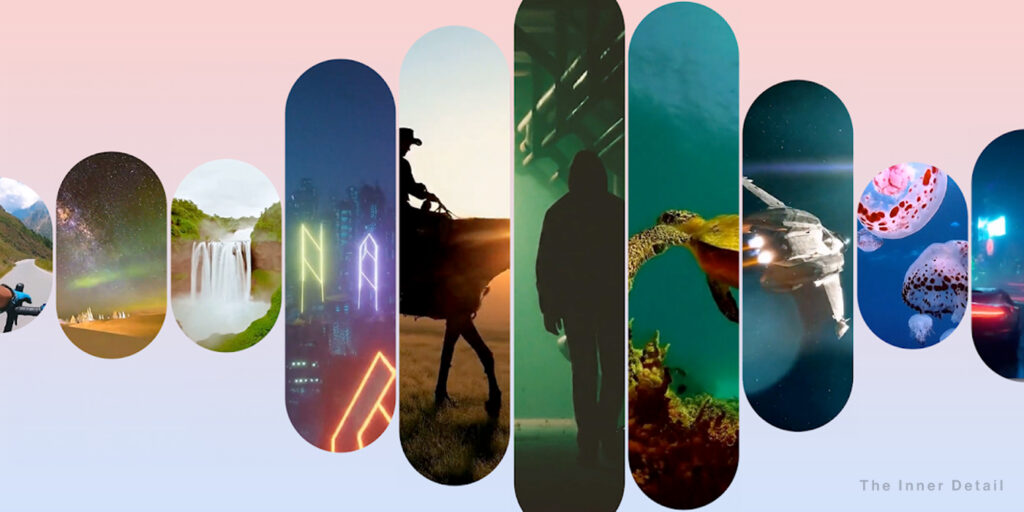The field of artificial intelligence is rapidly evolving, with AI agents emerging as a significant advancement in leveraging the power of large language models (LLMs) for complex task automation. Recognizing the growing interest in this domain, OpenAI has released a detailed 32-page guide titled “A practical guide to building agents”.
This document offers product and engineering teams invaluable insights and actionable best practices for designing, developing, and deploying their own AI agents. This article delves into the key concepts presented in the guide, providing a foundational understanding for those looking to venture into building these intelligent systems.
Understanding an AI Agent
OpenAI’s guide defines agents as systems that can independently accomplish tasks on a user’s behalf. While traditional software streamlines and automates predefined workflows, agents exhibit a higher degree of autonomy in executing these workflows. A crucial distinction is made between simple LLM integrations, such as basic chatbots, and true agents.
Understand deeply about AI agents: What are AI agents? All you need to know about the next-gen AI
An agent leverages an LLM to manage the entire workflow execution, make decisions, proactively correct actions, and even halt execution and transfer control back to the user in case of failure. This capability to orchestrate tasks and interact with external systems sets agents apart.
Use Cases for AI Agents
The guide emphasizes that building agents necessitates a shift in how systems make decisions and handle complexity. Agents are particularly well-suited for workflows where traditional deterministic and rule-based approaches prove inadequate. OpenAI highlights several key scenarios where agents can provide significant value:
- Complex decision-making: Workflows that involve nuanced judgment, exceptions, or context-sensitive decisions, such as refund approvals.
- Difficult-to-maintain rules: Systems with extensive and intricate rulesets that are costly and error-prone to update, for instance, vendor security reviews.
- Heavy reliance on unstructured data: Situations requiring the interpretation of natural language, extraction of meaning from documents, or conversational user interaction, such as processing home insurance claims.
The guide advises validating that a use case clearly meets these criteria before committing to building an agent, as a deterministic solution might suffice otherwise.
Building Blocks of AI Agents
According to OpenAI, an agent fundamentally comprises three core components:
- Model: The LLM that powers the agent’s reasoning and decision-making. The guide suggests starting with the most capable model to establish a performance baseline and then experimenting with smaller models to optimize for cost and latency.
- Tools: External functions or APIs that the agent can utilize to interact with external systems, gather context, and take actions. These tools can range from querying databases and searching the web to sending emails and updating records. The guide also mentions that agents themselves can serve as tools for other agents in more complex orchestrations.
- Instructions: Explicit guidelines and guardrails that define how the agent should behave. Clear and well-structured instructions are critical for reducing ambiguity and improving the agent’s decision-making, leading to smoother workflow execution and fewer errors. Leveraging existing documentation and prompting agents to break down tasks are highlighted as best practices for crafting effective instructions.
Single vs. Multi-Agent Systems
The guide explores different orchestration patterns for enabling agents to execute workflows effectively. These patterns generally fall into two categories:
- Single-agent systems: A single model, equipped with the necessary tools and instructions, executes workflows in a loop until a defined exit condition is met. This approach is recommended for initially managing complexity.
- Multi-agent systems: Workflow execution is distributed across multiple coordinated agents. The guide details two broadly applicable categories within multi-agent systems:
- Manager pattern: A central “manager” agent orchestrates specialized agents through tool calls, delegating specific tasks and synthesizing the results. This pattern is ideal when a single agent needs to control workflow execution and interact with the user.
- Decentralized pattern: Multiple agents operate as peers, handing off tasks to one another based on their specializations. This is optimal for scenarios like conversation triage where specialized agents can take over tasks fully.
The guide advises starting with a single agent and progressing to multi-agent systems only when increased complexity necessitates it.
Guardrails
Guardrails are presented as a critical component for managing risks associated with LLM-based deployments, such as data privacy and reputational concerns. They act as a layered defense mechanism to ensure agents operate safely and predictably. The guide outlines several types of guardrails:
- Relevance classifier: Ensures agent responses remain within the intended scope.
- Safety classifier: Detects unsafe inputs like jailbreaks or prompt injections.
- PII filter: Prevents the unnecessary exposure of personally identifiable information.
- Moderation: Flags harmful or inappropriate inputs.
- Tool safeguards: Assess the risk associated with each tool.
- Rules-based protections: Simple deterministic measures like blocklists.
- Output validation: Ensures responses align with brand values.
The guide emphasizes the importance of setting up guardrails based on identified risks and iteratively adding more as new vulnerabilities are discovered. It also highlights the role of human intervention as a crucial safeguard.
OpenAI’s comprehensive guide serves as an invaluable resource for product and engineering teams looking to harness the potential of AI agents. By clearly defining what constitutes an agent, outlining suitable use cases, detailing core components and orchestration patterns, and emphasizing the critical role of guardrails, this document provides the foundational knowledge needed to confidently start building your first agents. The guide encourages an incremental approach, starting small and iteratively growing capabilities.
As AI continues to advance, the insights shared by OpenAI pave the way for developing intelligent systems that can automate complex workflows with remarkable autonomy and adaptability. For those eager to explore this exciting frontier, OpenAI’s guide offers a practical and insightful roadmap to successful AI agent deployment.
(For more such interesting informational, technology and innovation stuffs, keep reading The Inner Detail).
Kindly add ‘The Inner Detail’ to your Google News Feed by following us!







